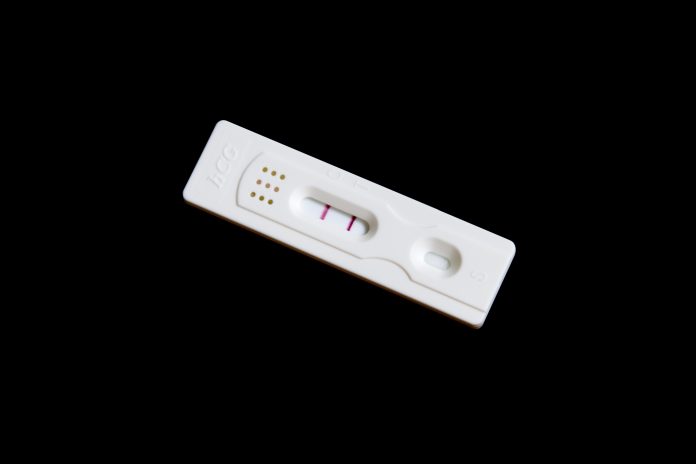A study, based on over one million births across England, reveals a racial and socio-economic difference in UK pregnancy outcomes
The study, published in The Lancet, used data from over one million pregnancies in England.
Currently, the NHS has a target – to halve stillbirth and neonatal death rates by 25% in 2025. At this point in time, healthcare experts acknowledge that socio-economic deprivation and non-white background are known risk factors for worrying pregnancy outcomes.
But what happens when we look at those risk factors, at a population level?
Scientist describe the situation as “stark reality”
Astonishingly, they found that socio-economic inequalities are responsible for 25% of stillbirths, 20% of preterm births, and one third of births in which the baby is too small for the age it should be.
Among these instances, the team realised that South Asian and Black women living in the most deprived areas actually experience the largest inequalities in pregnancy outcomes.
Their estimates find that half of stillbirths and three-quarters of births with fetal growth restriction in South Asian women. These women are often living in the most deprived 20% of neighbourhoods, facing a technically avoidable risk. In cross-analysing data, they further find that if this population had the same risks as white women living in the most affluent 20% of neighbourhoods, there would be fewer tragedies.
Following on from that, about two-thirds of stillbirths and about half of births with fetal growth restriction in Black women are also from the most deprived neighbourhoods. These stillbirths and medical conditions are also avoidable – if these women had the same risks as white women from the most affluent neighbourhoods.
Co-lead author Dr Jennifer Jardine from the Royal College of Obstetrics and Gynaecologists, UK, said: “The stark reality is that across England, women’s socioeconomic and ethnic background are still strongly related to their likelihood of experiencing serious adverse outcomes for their baby. I think that people will be shocked to see that these inequalities are still responsible for a substantial proportion of adverse pregnancy outcomes in England.”
What three things could change pregnancy outcomes?
1. Targeting high-risk groups with clinical interventions
These clinical interventions can be anything from smoking cessation to nutrition programmes. The team also suggest improved access to high-quality antenatal care, such as monitoring fetal growth with more precision and offers to induce labour where stillbirth risks are increased.
2. Public health strategies focused on women
The scientists propose that women and pregnant people are given help to become more healthy before pregnancy – such as programmes focusing on smoking, dietary habits, mental health issues, substance abuse and stress related to social disadvantage.
3. Policies to tackle root causes of inequality
Last but not least, the team suggest that the root causes of inequality are tackled by comprehensive policies. This includes income, education, and employment. These factors can sound distant to pregnancy, but actually, individual conditions of living are decided by several things.
Dr Katherine Grantz from the US National Institutes of Health, who was not involved in the study, said: “It is therefore crucial to develop population-level solutions to change rates of adverse birth outcomes on a national level. Given the volume of evidence that racial and socioeconomic disparities persist in perinatal and women’s health, upstream approaches that target systemic causes of inequality and discrimination are more likely to help nations reach their population goals than are those downstream approaches that have traditionally been employed to target individual behaviours.”











